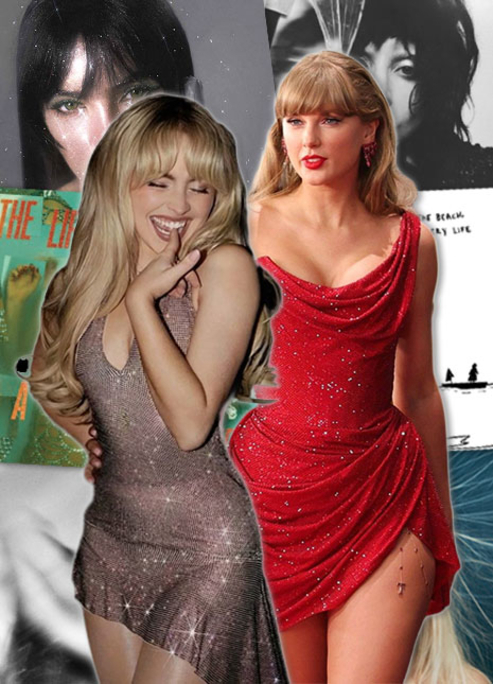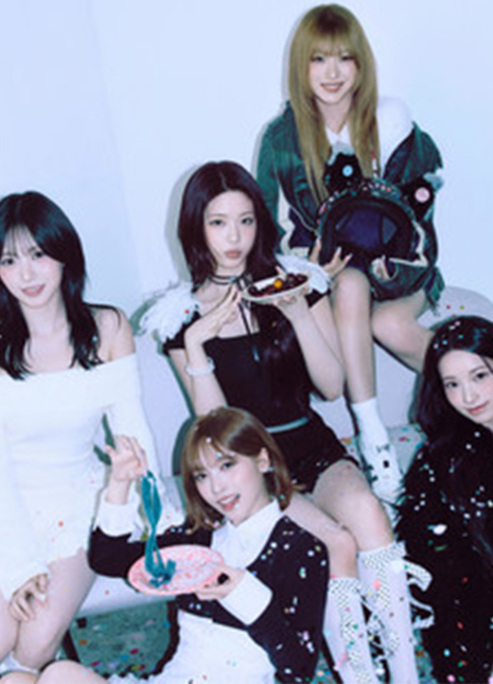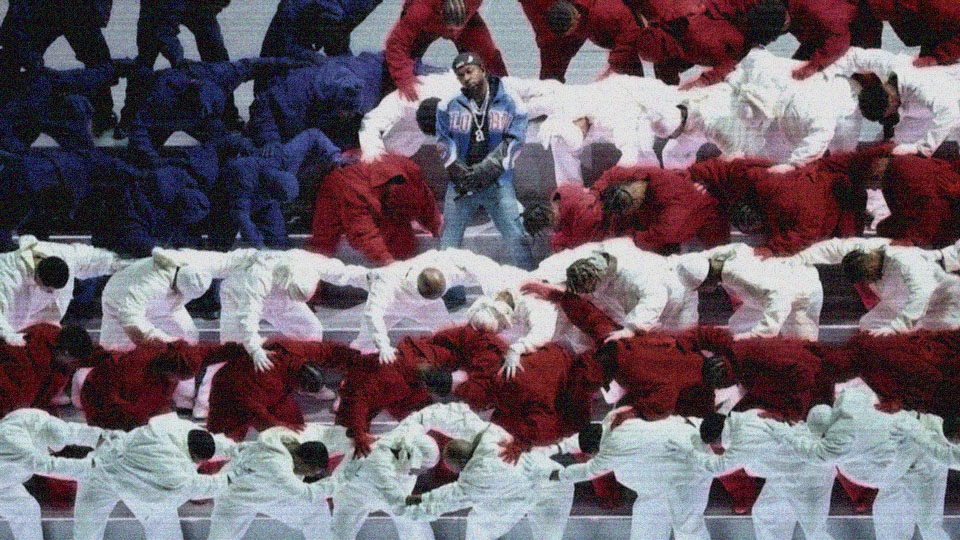
Kendrick Lamar – Super Bowl Halftime Show
A vision of art, identity, and fashion.
Kendrick Lamar’s Super Bowl Halftime Show in 2025 once again solidified his place among the greats of all time, cementing his legacy not only as a musical powerhouse but also as a cultural icon whose performances transcend entertainment. While the Super Bowl halftime stage is often a platform for the world’s biggest stars, Kendrick’s approach stands apart, blending art, activism, and style to communicate powerful messages that resonate with millions.
Art With Meaning: Kendrick's Bold Statement on Race and Identity
Art is a form of self-expression, but what truly makes art great is its depth, its ability to communicate a message or meaning that goes beyond surface level. Kendrick has mastered this, making every performance an opportunity to deliver not just entertainment but a call to reflect on the relationship between Black Americans and their country. His 2025 halftime performance did just that.
Kendrick’s opening was striking: Uncle Sam, a representation of the American government and national identity, played by the legendary Samuel L. Jackson. The use of such a high-profile Black actor was intentional, it was a reminder of the country’s often complicated relationship with Black people. The stage, too, was filled with people of color, further amplifying Kendrick’s message of representation and inclusion.
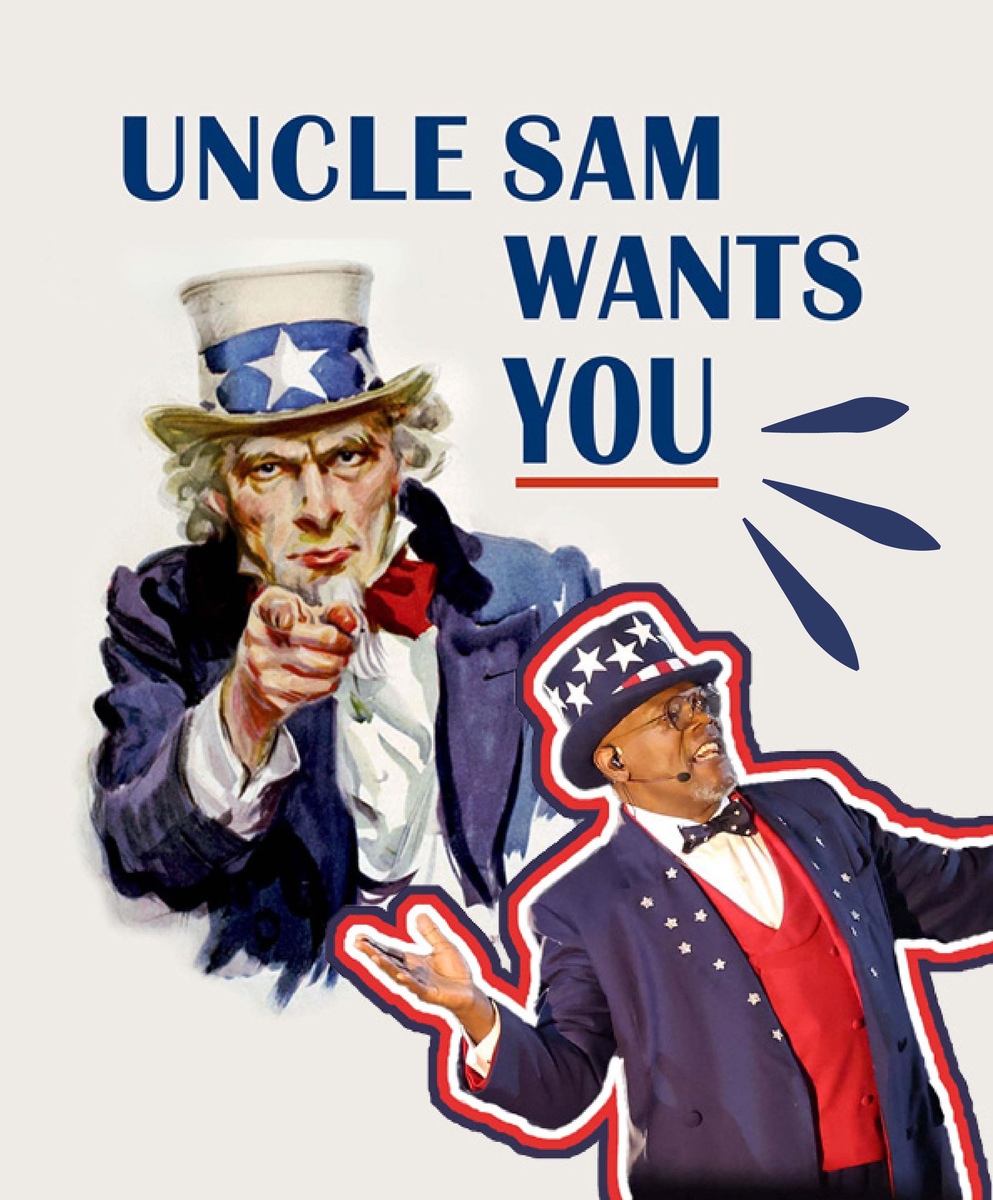
As we know Uncle Sam to be depicting the federal government or the country as a whole. We see him throughout the show having a conversation with Kendrick, in which in the beginning he challenges Kendrick and calls him out. As that goes on Kendrick plays songs that represent that black culture and Uncle Sam responds back with words the American tried to put on black people. Too Ghetto.
To ask Kendrick if he really knows how to play the game, asking him to understand what is really happening in the world you are living in. Through songs like "DNA," Kendrick reasserted his roots, power, and pride in being Black. His performance was a declaration that Black identity is strength, not weakness, and that it deserves recognition, respect, and celebration.
Whilst Kendrick’s performance continues the relationship with American and Black people changes too. Or seems like there was change.
As Kendrick continued to perform, the conversation between America and Black people evolved. This shift was most evident when he played "All the Stars," the anthem from Black Panther, a milestone for Black culture in Hollywood. Black Panther wasn’t just a blockbuster film; it was a cultural moment that empowered Black people by offering a superhero story built on their own terms, a narrative created by Black talent, for Black audiences. Yet Kendrick’s performance subtly reminded us that while moments like this represent progress, the fight is ongoing. He was quick to point out that not everyone who profits from Black culture has the best interests of Black people at heart.
When he played the iconic song ‘Not Like Us’, people could pretend to understand the struggles black people face or profit off our culture. But we would catch them out at the end of day or that we know what we are doing.
Fashion as a Form of Expression: Kendrick’s Influence on Style
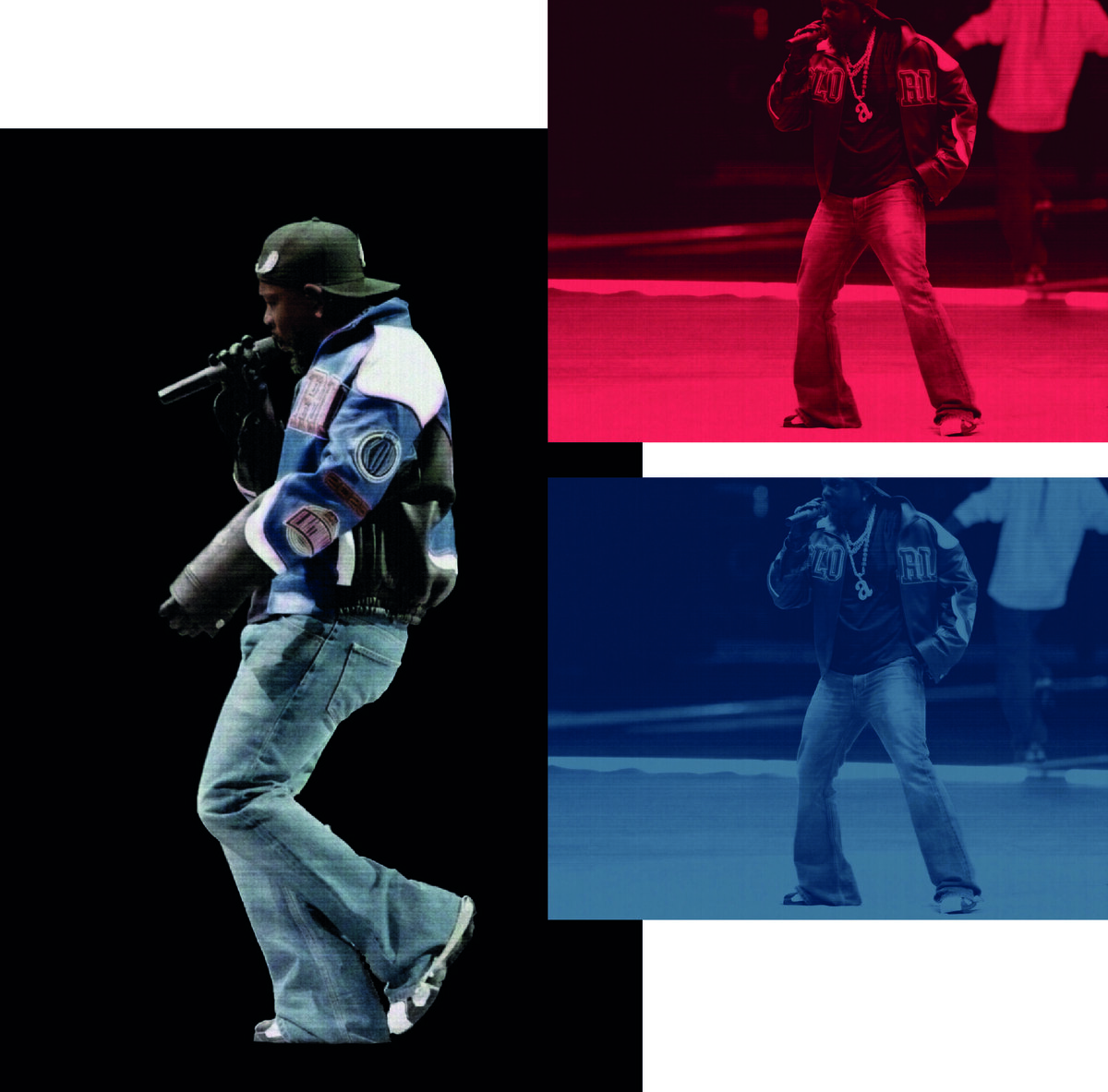
Whilst doing such meaningful performances, and everyone talking about his performances. He also has the fashion world talking in his effortless style and the question being asked, are bootcut jeans back?
As much as his performance was a visual feast, it’s important to understand the influences behind Kendrick’s signature look. He is a product of the cultural melting pot of Compton, but he also pulls inspiration from African culture, 90s hip-hop, and high-end fashion houses. Over the years, his style has evolved from simple streetwear to a sophisticated blend of luxury and street aesthetics, which has had a ripple effect across the music and fashion industries.
Kendrick’s fashion has always been deeply tied to his socio-political messages. Whether he’s wearing a tailored suit with an oversized hoodie or sporting a graphic tee emblazoned with powerful slogans, his clothing speaks volumes about his values. As a man who’s never been afraid to speak out on issues ranging from systemic racism to the challenges of black identity, Kendrick uses fashion as another platform to communicate his thoughts. This has earned him respect not just as an artist, but as a thought leader in the cultural conversation surrounding black excellence and empowerment.
The Legacy of Kendrick Lamar: Fashion, Music, and Culture
By confidently wearing his convictions, Kendrick has become an aspirational figure for younger generations, teaching them that fashion is an expression of both self and society. His influence on the culture is undeniable, not just in music, but in fashion as well. The fusion of art, activism, and style in Kendrick's Super Bowl performance is a reminder that he is not just a musical icon, but a cultural legend in the making.
Kendrick Lamar’s Super Bowl Halftime Show was a perfect example of how music and fashion can be intertwined to create a powerful statement. His performance was not only a spectacle for the senses, but a moment of reflection on race, identity, and the American experience. And as he continues to shape the future of both music and fashion, one thing is clear: Kendrick Lamar is here to stay, not just as a performer, but as a trendsetter and a voice for change.



